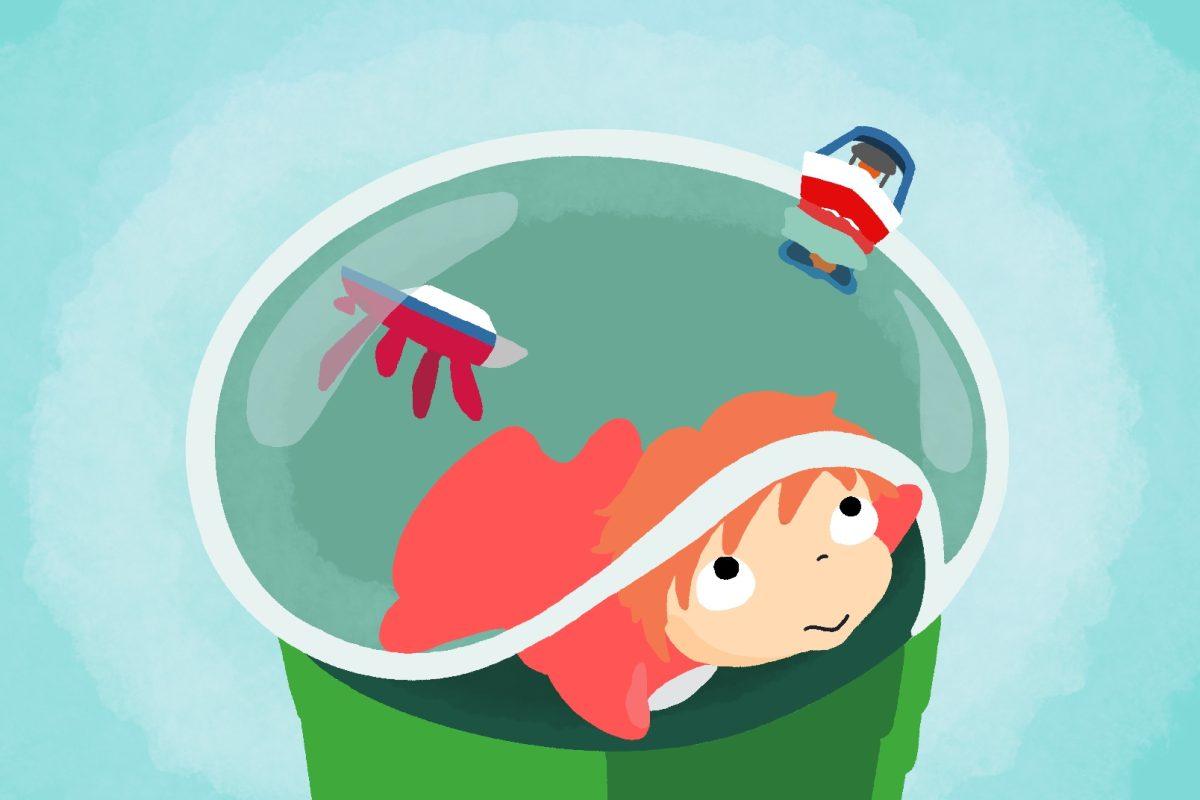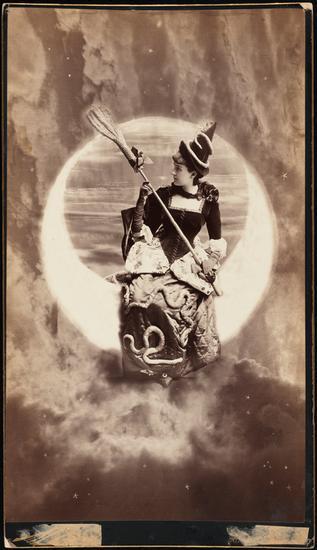There are a few movies I find myself watching again and again, and pretty much every Studio Ghibli movie is one of them. Of the studio’s works, “Ponyo” is by far my most re-watched. I am unabashedly putting in print that I watched the film five or six times during the last week of Wintersession and have watched it two or three times since. “Ponyo” remains in my catalog of rewatches for nostalgia, yes, but also for the characteristics Hayao Miyazaki imbues all of his work with — art beautiful enough to make me cry, the goodness of humans and the magic of life (metaphorically, but often literally).
The English version of “Ponyo” was released in 2009, and while I normally prefer subtitled versions whenever possible, I admit that I mostly watch the dubbed version (thanks YouTube). In my defense, Betty White voices Yoshie, so is it all that bad? Plus, I think my grandmother would simply refuse to watch it unless it was in English or Spanish, so sometimes we need to make do. The film heartachingly centers unconditional childhood love, making up for any dub vs. sub preferences.
Everything starts when a little red fish with a human face swims away from home to sunbathe. She’s interrupted and stuck in a glass jar, dredged up by a boat fishing trawler in a scene reminiscent of “Finding Nemo.” Enter the other main character: Sōsuke, a five-year-old boy. He saves the fish and names her Ponyo, all the while her father, Fujimoto, frantically tries to find and save her from humanity. This is what drives the story; Ponyo wants to stay with Sōsuke as a human and will defy her father with every ounce of magic in her being to do so, accidentally causing an imbalance in nature and resurrecting marine life from the Late Devonian period.
Hidden in the plot are some serious themes, such as the impact of pollution. From the beginning, Miyazaki boldly shows trash littering the ocean floor and terrorizing marine life. Yet, every scene has a sense of beauty to it, from cans and bottles carefully drawn in colored pencil and poster paint to sludge viscerally flowing around Fujimoto. Even now, when climate change and caring for the environment are so prevalent, these scenes are intensely relatable, a reminder of humanity’s past (and current) transgressions against Earth.
Ponyo and Sōsuke remind us of the hope newer generations bring, problem-solving in the face of environmental adversity and persevering through the sheer love of others. While Ponyo is a weird ass mermaid, the story still holds the classic elements of a “Little Mermaid” retelling — her mother, Gran Mamare, also referred to as a Goddess of Mercy in the film, even decides that Sōsuke should undergo a test to prove his love at the risk of Ponyo turning into seafoam if he fails. But, this isn’t even the most striking aspect of the film.
I may be biased as a trans person, but one of the most impactful parts of the film is the trans allegories, intentional or not. To start with, Ponyo’s name changes partway through the film, which she gets into an argument with her father over. She transitions from her magic fish self into a human child. The test Sōsuke undergoes involves him, quite literally, loving Ponyo as she is, highlighted when Gran Mamare asks him if he loves Ponyo even though he is aware that she transitioned into a human. While I don’t think Miyazaki intended for there to be this idea, chosen families are a hit within the queer and trans communities for good reason. The idea of being loved by those who have witnessed changes in identity is the dream for many trans and queer individuals. That is where this film shines — the sheer acceptance and love displayed in various forms in “Ponyo” provide catharsis.
This opportunity for catharsis is the reason I encourage everyone to watch this movie, even if they’ve already watched it as a child. Whether you’re excited about analyzing the overtones of climate change and rising sea levels or want to watch a loving mother-child relationship, there is something for you to enjoy. And, even if you aren’t interested in any of this or the stunning art, you can at least take in the absurdity of some of the design choices (again, there’s a weird ass mermaid and a funky little wizard that feels like David Bowie and gender envy).






